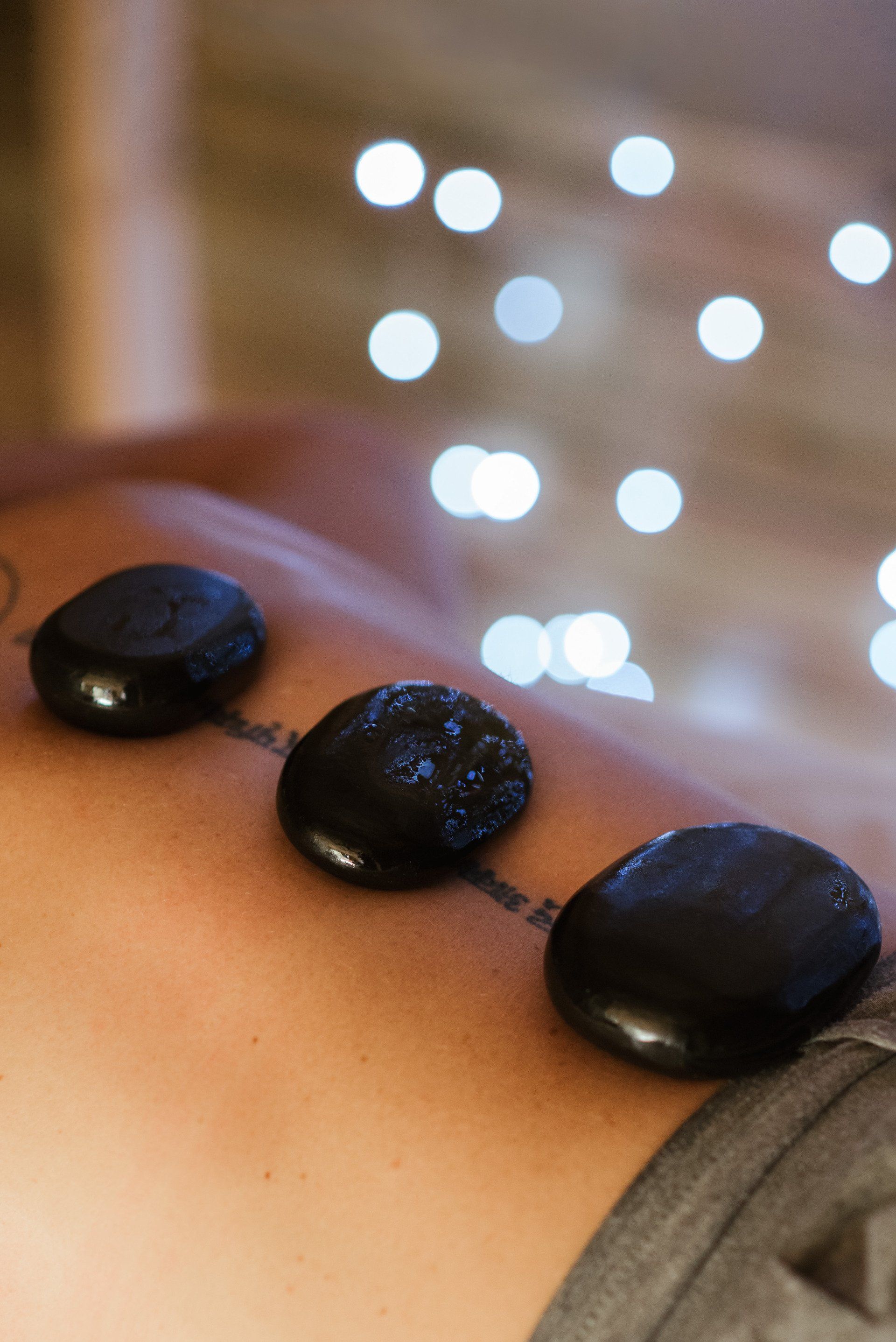Structural Integration
Are you wondering if you should go with Structural Integration for your session? Here's some info so you can decide.
Background and Application of Structured Integration
Structural Integration is a massage therapy and healing modality created by Dr. Ida P Rolf. Structural Integration is also commonly referred to as Rolfing.
The main focus of Structural Integration is on the fascia of the human body. Fascia is becoming more well known in the therapeutic, movement, and fitness worlds for its unbelievable characteristics, importance, and ability to really move the needle for chronic pain and a generally sense of being "stuck" physically.
This stuck-ness, contraction, or tightening of the fascia can come originate for all sorts of things. Typically tight fascia emerges from acute injuries that become chronic, repetitive manual labor, and simply aging.
Structural Integration as a modality then focuses on stretching, lengthening, and easing up this fascia so that it's not so incredibly tense all of the time. Doing so allows for the muscles, tendons, ligaments, and joints (all of which are sheathed within fascia) to move with their innate ease, smoothness, and vitality. sider it the most popular massage modality in the world. So, honestly, there's no going wrong with Swedish massage.
Benefits of Structural Integration
Moving with greater ease and fluidity is the most frequent result. There is a feeling of restored grace in one's movements. Things don't feel quite so...stuck!
What's interesting are the benefits that emerge from that feeling. If the body has been stuck for months and years and decades and all of the sudden has its full spectrum of movement back and is feeling good within that movement spectrum, the amount of energy that is freed up is palpable. Thinking becomes clearer and a sense of peace and alertness emerge. It is a truly powerful thing to experience.
Specific Benefits include: better quality sleep, less anxiety and mental tension (less tension in the body = less tension in the mind), a greater sense of confidence in moving through life's journeys, and a broader spectrum of emotional experience.
Who is Structural Integration for?
Anybody with a body! The great thing about Massage Therapy in general, including Structural Integration, is that the vast majority of the planet can and does benefit form the therapy. This is not specific to anyone, and as such, the the question is really: who is this not for?! If you have a health condition, a particular injury, or another concern that you feel like limits you from receiving a Structural Integration session, ask me and your doctor about it and we can find something that is helpful and healing for your body.
A Typical Structural Integration Session
To restore one's fascia to a relaxed, natural state, a variety of pressures and strokes are used. The feeling ranges from warm and delightful to a cathartic release of pain. I always work with people to gauge their level of comfort and discomfort with my level of pressure. It should never be so intense that you're simply suffering the whole time. This isn't a competition. It's about working at the level of intensity that actually produces results.
Like many massage therapy sessions, a Structural Integration session definitely has a cathartic element to it. People tend to notice a lot of memories come back into their mind's eye as well as emotions and feelings. This is all a part of the process and tending to the psychosomatic connection that so many researchers and therapists are bringing to the fore of the conversation these days. My advice here is to let what comes up come up. To breathe and release the stuck energy.





